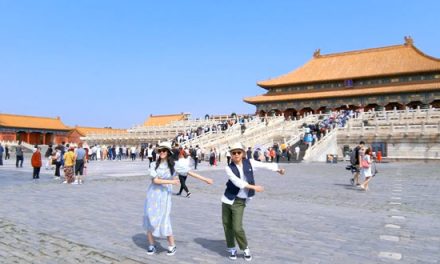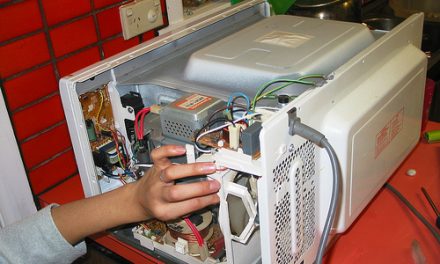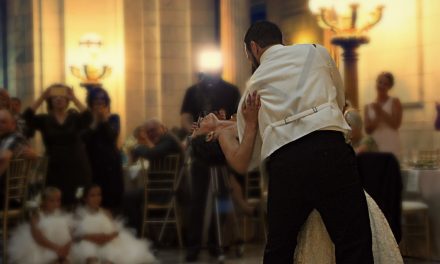Today is the first day of the Chinese or Lunar New Year, which is celebrated not only by the Chinese but also by Koreans, Vietnamese, Bhutanese, Tibetans, Mongolians as well as the Japanese before 1873. It is a public holiday in Mainland China, Hong Kong, Macau, Taiwan, Singapore, Malaysia, Indonesia, Brunei, Vietnam and Christmas Island (Australia). Australia Post, Canada Post and the US Postal Service also issue Chinese New Year’s themed stamps. Click here to read the legend of the Jade Rabbit from the Australia Post.
In the Chinese Zodiac, each year is associated with an animal in a 12-year cycle. The 12 animals are in the following order: Rat, Ox, Tiger, Rabbit, Dragon, Snake, Horse, Ram, Monkey, Rooster, Dog and Pig. The new year is that of the Rabbit while that has just passed belongs to the Tiger. It is interesting to know that the Rabbit is substituted by the Cat in Vietnam, the Pig by the Elephant in northern Thailand and by the Boar in Japan and the Ox by the Water Buffalo in Vietnam.
Video by just4alaffXD
Chinese New Year is associated with a mythical beast called the Nian. Nian would come on the first
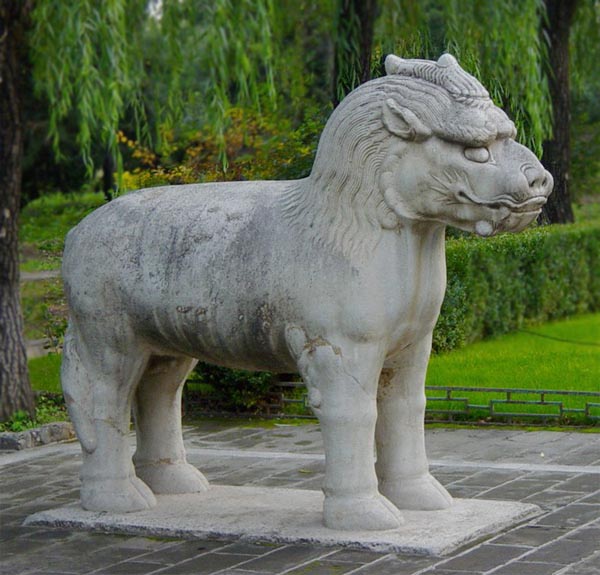 |
| Photo by Leonard G |
day of New Year to devour livestock, crops and even villagers, especially children. The villagers believed that by putting food in front of their doors, Nian would not attack people after eating the food. The villagers then discovered that Nian was afraid of red colour, after it was scared away by a little child wearing red. From then on, everyone would hang red lanterns and spring scrolls on windows and doors before the New Year. People also used firecrackers to frighten away Nian. Nian was eventually captured by Hongjun Laozu, an ancient Taoist monk and became his mount.
Story of the Nian by bibabu819 narrated in Mandarin, with English subtitles
The Chinese New Year is also known as the Spring Festival, although it takes place during winter in China. It lasts for 15 days, with the Lantern Festival being the last day.
Before the New Year, it is the tradition for every family to thoroughly clean the house to sweep away the bad luck of the preceding year to make way for good incoming luck. Brooms and dust pans are put away on the first day so that the newly-arrived good luck cannot be swept away. Windows and doors will be decorated with red paper-cuts and couplets with popular themes of “happiness”, “wealth”, and “longevity”.
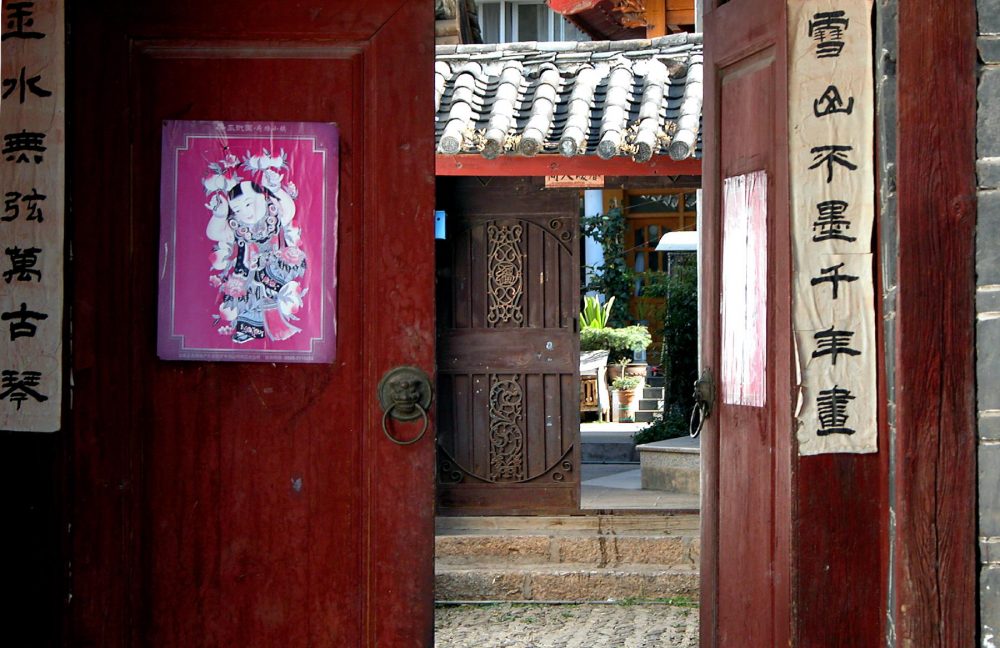 |
| Photo by Peter Morgan |
Purchasing new clothing, shoes and receiving a haircut also symbolize a fresh start. Taoist and Buddhist families will “send gods”, such as burning a paper effigy of Zao Jun, the Kitchen God and offering him sweet foods such as candy. This is to “bribe” the Kitchen God, the recorder of family functions, in reporting good deeds of the family to the Heavenly Jade Emperor.
On New Year’s Eve, family members gather for a sumptuous reunion dinner in or near the home of the most senior member of the family. In some places, the menu includes a fish dish that is not supposed to be eaten completely so that there may be surpluses every year as fish sounds like surplus in Mandarin. In northern China, it is customary to make dumplings which symbolize wealth because their shape is like a Chinese tael. In southern China, it is customary to make a new year cake called Niangao as gifts to relatives and friends. Niangao literally means increasingly prosperous year in year out. After the dinner, some families go to local temples to pray for a prosperous new year by lighting the first incense of the year. Nowadays, many households hold parties and even a countdown to the new year. In mainland China, many families will banter while watching the CCTV New Year’s Gala in the hours before midnight.
The first day of the New Year is a time for visiting relatives. Married people give red envelopes called Hongbao containing cash to junior members of the family. Companies may also give Hongbao to employees for good luck and wealth. Companies and families may invite a lion dance troupe as a symbolic ritual to usher in the New Year as well as to evict bad spirits from the premises. Fireworks and firecrackers which were traditionally very popular are now banned in most places due to concerns over fire hazards.
For Buddhists, this day is the birthday of Maitreya Bodhisattva, a future Buddha of the world in Buddhist eschatology. They will abstain from eating meat with the belief that this will bring them longevity. Some consider lighting fires and using knives to be bad luck on New Year’s Day so all food is prepared the day before.
On the second day, married daughters visit their parents, a tradition carried from the past when married daughters may not have the opportunity to visit their birth families frequently. On this day, the Chinese pray to their ancestors and all gods. They are extra kind to dogs and feed them well as it is believed that the second day is the birthday of all dogs.
It is believed that the third day is not a good day to socialize or visit your relatives and friends. In northern China, people eat dumplings on the morning of the 5th day, which is also the birthday of Cai Shen, the God of Wealth. In Taiwan, businesses traditionally reopen on the next day (the 6th day), accompanied by firecrackers.
The 7th day is known as Renri or Man’s Birthday, the day when everyone grows one year older. It is a custom for the Chinese in Southeast Asia, such as
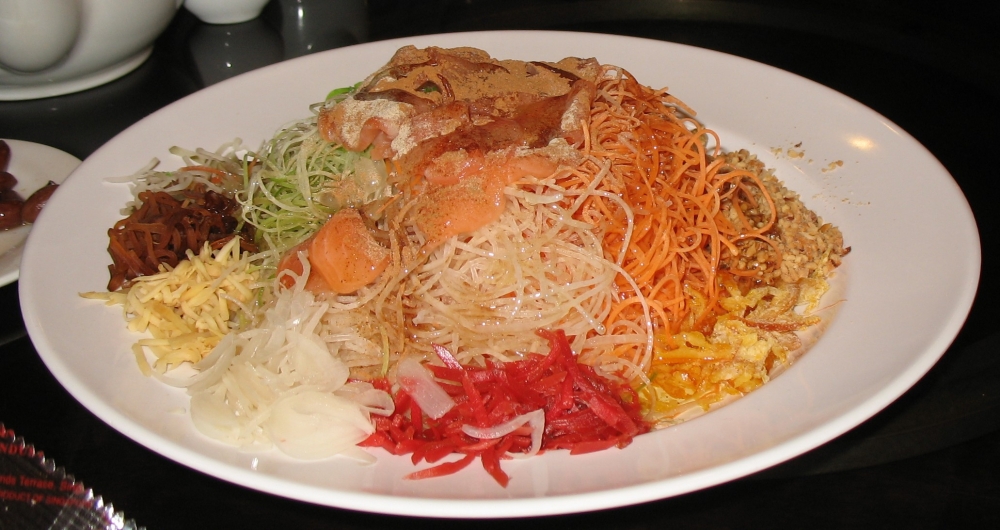 |
| Photo by Nathaniel |
Malaysia and Singapore, to get together to toss and eat a colourful raw fish salad, called Yusheng, as a symbol for continued wealth and prosperity.
The 9th day is the birthday of the Jade Emperor of Heaven. This day is especially important to Hokkiens who will give thanksgiving prayers and offerings to the Jade Emperor. Offerings include sugarcane which had protected the Hokkiens from certain extermination generations ago. Many Buddhists will avoid meat on this day which is also the birthday of Sakra, ruler of the Trāyastriṃśa Heaven in Buddhist cosmology.
The 15th day, also known as Yuan Xiao, Shang Yuan or Lantern Festival, marks the end of the Spring Festival. Rice dumplings called Tangyuan, which are sweet glutinous rice balls brewed in a soup, are eaten on this day. Candles are lit outside houses as a way to guide wayward spirits home. Families celebrate this day by walking the streets with lighted lanterns.
For many Chinese in Melbourne, today is a usual working day. I have too been working for the past Chinese New Years in Melbourne. For this particular year, I have decided to take a leave. However, as I could find any organized celebration in Melbourne, I ended up staying at home, doing gardening and clearing rubbish instead, something the superstitious would abstain from. For those who are interested, you can visit the Chinese New Year Celebration at Chinatown, Little Bourke Street this coming Sunday 6th February from 10 a.m. to 8 p.m. There is also a series of activities at Crown Casino from 4-6th February.


